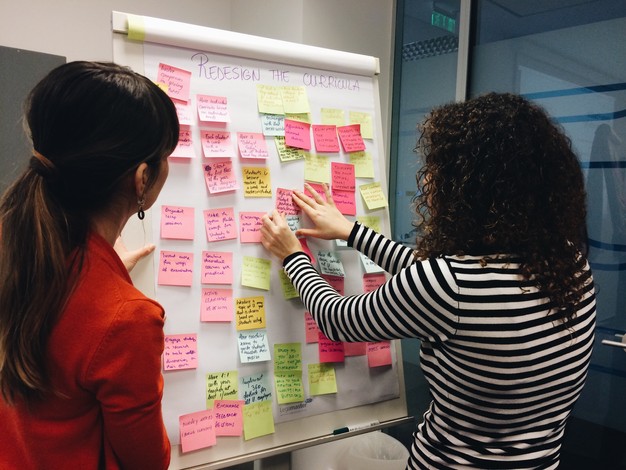Many event professionals are still working through the decision of whether to postpone or cancel their fall in-person events or convert them to digital. While certainly no easy decision, several tech leaders have already decided what their event portfolio will look like—Microsoft announced the decision not to host in-person events until 2021 and Facebook has said they will not consider hosting physical events until June of next year. With this, our team is expecting the horizon on the return of in-person events to extend well into Q1–2 of 2021 (see our Digital Event Forecast for our ongoing audit and analysis).
The good news is those who made the decision to go digital are seeing some unexpected dividends, with audiences appreciating engaging, thoughtful content and registration numbers exceeding 4–6 times those of in-person events.
This is translating to some big benefits for those who make the go or no-go decision early in order to have more lead time to produce carefully curated and engaging marquee events—like the Microsoft Build developer conference, which received great kudos for their compelling, interactive product demos.

But extra lead time goes a long way outside of program design, as well. Communicating any substantial changes to your stakeholders and audience should take time and extra consideration. And that additional time also gives your marketing and engagement teams the opportunity to build your audience, not just retain existing registrants.
If you’ve made the decision to convert to digital (you’ve gathered your Tiger Team to address the challenge and facilitated a decision-point meeting), map out your next steps intentionally. Before you hit publish on your public announcement, issue refunds or dive into digital content, take the time to think proactively on the sequencing of the next round of communications and actions, post-decision.
Before you hit publish on your public announcement, issue refunds or dive into digital content, take the time to think proactively on the sequencing of the next round of communications and actions, post-decision.
It’s important to create an uber-orchestrated, timed-to-the-minute plan for the actual announcement (considering your Top 7 Priority Areas), but also consider what your team will need to tackle the very important next steps of notifying all interested parties and anticipating their concerns and questions.
The few weeks after the announcement requires being proactive and reactive, simultaneously. You will be immediately barraged with questions and requests for clarifications of plans moving forward, while your team is still working through the answers.
Here’s a checklist to help sequence your communications and activities in the shift to your in-person event plan:
Identify who needs to know what and when
After the announcement is made and you’ve reached out personally to your most involved parties, you’ll now need to identify the next wave of audiences who need to receive facts and more detailed information ASAP in order to help execute the go-forward plan. Everyone involved in creating and sponsoring the event will seek detailed information about what happens next and what is expected of them. Here’s a short list to start:
Speakers (internal and external)
Sponsors
Suppliers & Agency Partners
Venues
Media
Some of these groups (sponsors and venues, in particular) may have received your first round of notices, but now is the time to review and discuss agreements and determine the new approach. Take a look at our advice for negotiating contracts with speakers and sponsors to ready yourself for those conversations.
Put together critical resources for your teams
Any customer-facing employee will need resources to assist them as they begin to get inquiries. Put a process in place and make sure all involved know the protocol AND are armed with responses to FAQs. This will ensure your employees work as your best brand advocates and not your adversaries. If you’re using a call center for registration support, they’ll need the same information, appropriate for external audiences. Plan to keep these FAQ documents updated regularly and assign a single lead to oversee the process for information and process consistency.
Have a process in place for inquiry management
In my article about Facilitating the Decision-Point meeting, I give some tips and observations on the best way to funnel inquiries from various audiences. Many companies treat this as a help-desk process through an email alias. At a minimum, assign a point person to manage inbound inquiries.
Be sure your “downstream teams” (i.e. sales, marketing, technology, customer experience) are informed so that they can best manage cancelations, execute messaging and field all of the feedback. They’ll need all of the essential information and tools. It is critical to engage and inform anyone who interacts with customers, but it’s also important to maintain discretion to avoid the word getting out before you’re ready.
Still Feeling Overwhelmed? Impact Point Group’s expert consultants can lead you at any stage—from making the call to advanced strategy and refocusing efforts. Check our list of support services when considering making a change to a live event.
—Erica Spoor

